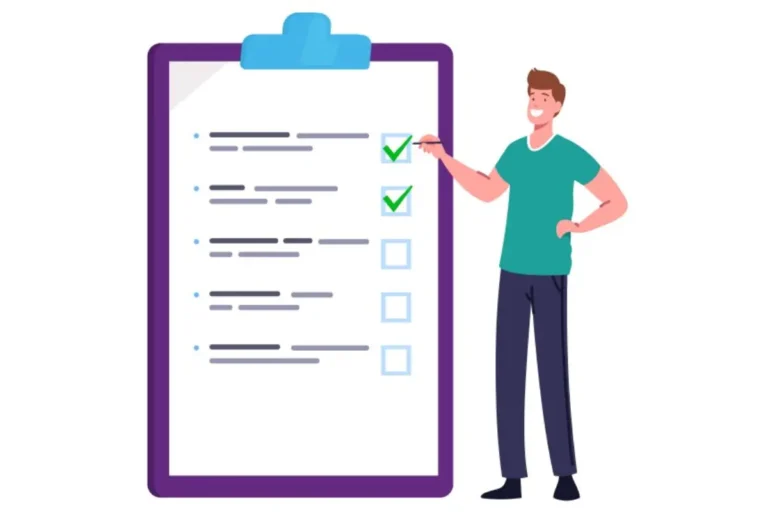Understanding Feature Requests: What They Are and How to Handle Them
As a SaaS product manager, you may regularly receive feature requests as a form of product feedback. They usually come in the form of product enhancement suggestions from your customers Understanding Feature Requests might range from ideas to improve and change your user interface to requests to interact with other products your customers use to requests for entirely new capabilities.
What various forms of feature requests are there?
Based on the users’ intents while sharing feature requests, we may divide them into three types. They have three requests: one to report a defect, two to provide comments that will assist enhance the functioning of your current product, and three to request a new feature.
Here is the list:
- Suggestions for product enhancement
User input showing methods to improve current capability, either by boosting usability or changing existing procedures, is referred to as product improvement requests. Users typically provide product enhancement recommendations because they believe their input will be beneficial to your company.
- Requesting a bug fix
End-users file bug reports when they meet anything that isn’t operating as anticipated or in the manner they feel it should. According to recent data, more than 60% of B2B end-users utilize SaaS applications regularly to do business, and when a problem occurs, it may be disastrous for their company.
- Requests for new capabilities
Sometimes, even if everything is working well, users might ask for a brand new feature to be added. End-users make these requests when they want more value from your product or when they’ve discovered a new problem that your solution hasn’t yet solved.
Also Read:- Feature Requests- How to Collect Them and Engage Users in Roadmap Creation
How should feature requests be managed?
We understand that feature requests are priceless chances to learn how to improve your product and better fulfil your consumers’ constantly changing demands. Your company may lose out on this crucial kind of product input if you don’t have a system in place for recording, reviewing, prioritising, and following up on Understanding Feature Requests. Here are some pointers to get you started:
- Determine a single, centralized location where you may collect and manage your feature requests.
- Help internal teams understand how you leverage client requests in the product development process.
- Explain to internal teams how you plan to prioritize feature requests.
- Communicate with internal stakeholders and request-sharers regularly on the status of requests they’ve submitted.
How should feature requests be prioritized?
There are a plethora of feature prioritization frameworks available today. It takes some study to figure out which features to add and eliminate from your product plan. You can’t respond to every request, but you can ask yourself the correct questions about them to figure out which ones to put on hold for now and which ones are worth investigating further.
- Is the functionality compatible with your company’s product vision? Keep your product vision in mind; it should guide every decision you make in the future, so stick to it!
- Is the request interesting to the users? Are these the people you’re looking for? This question is crucial for avoiding the development of one-off additions that don’t offer value to your overall user base.
- Is it going to make my consumers’ experience better? When evaluating the features you want to create, make sure they solve problems for your consumers or add new capabilities to make their lives simpler.
- Is it fashionable? Will this new feature endure the test of time and continue to give unrivalled value to your users? Will it succeed after a few months of use, or will it fail?
- Will it assist you in achieving your company objectives? It may appear easy, but assessing your company goals is always a good idea.
Using this simple evaluation, you can immediately establish if the request is worth pushing farther down the pipeline or not. The next step is to assess the request’s workability and feasibility by asking the following, more tactical questions. What is the overall development effort, for example?
A fast method to weed out feature requests that take a lot of effort for little benefit is to see if your team has the bandwidth and resources to act on them. Similarly, this evaluation might assist you in identifying user requests that have a significant effect but need little work.
Also Read:- 10 Best Free Product Roadmap Tools For Product Managers
How do you reply to a feature request from a customer?
Responding to your users’ questions, concerns, and requests helps your business build long-term connections with them, and it’s been proven to encourage them to keep giving you feedback. To help you start, here are a few recommended practices for responding to feature requests.
- Recognize each feature request. Every request, no matter how little, deserves a considered response. It’s also a terrific approach to gain favor with your consumers and establish a long-term connection.
- Tell us about your feature request process. Share your feature request review process with your users to assist them to understand what will happen to their request when they can expect to hear from you next, and so on.
- Overdeliver and underpromise. Don’t make a promise to your people that you’ll construct something you don’t intend to build.







